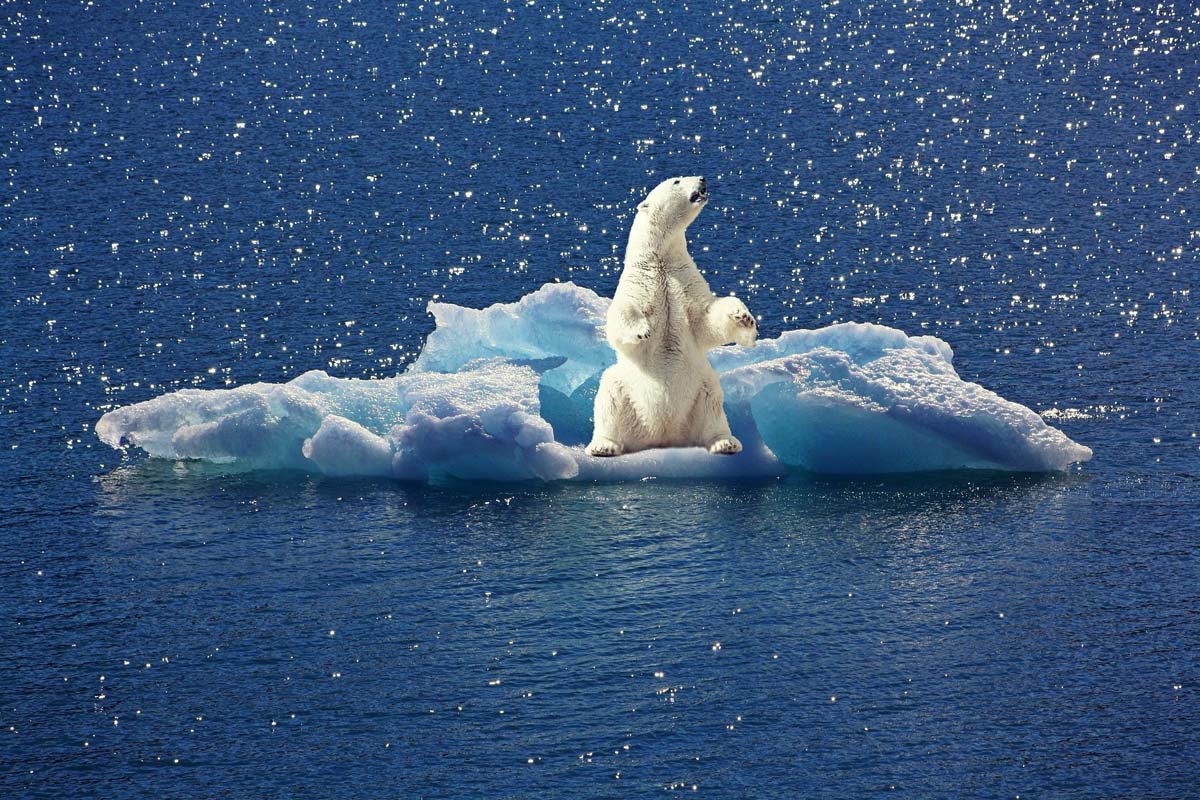
403
Sorry!!
Error! We're sorry, but the page you were looking for doesn't exist.
Antarctica’s tourism faces high levels of pollution
(MENAFN) Once regarded as one of Earth’s most untouched environments, Antarctica is facing increasing environmental strain as human presence grows. Scientists caution that surging tourism and expanding research operations are contributing to higher levels of pollution across the continent.
A recent study revealed that in regions where human activity is concentrated, the amount of fine particles containing heavy metals has risen to levels ten times greater than those measured four decades ago.
This trend coincides with a rapid increase in visitors—annual tourist arrivals have climbed from about 20,000 to 120,000 over the past twenty years, according to industry data.
To assess the impact, an international team of researchers conducted a four-year survey, covering roughly 2,000 kilometers (1,242 miles) of Antarctic terrain to measure levels of contamination.
“We identify distinct spatial patterns shaped by crustal, marine, biogenic and anthropogenic sources. Notably, we detect heavy metal imprints in the snow chemistry of the northern Antarctic Peninsula, where major research stations are concentrated and marine tourism traffic is most intense," the researchers said.
They further noted: "Our findings shed light on the extent of the impacts from energy-intensive local activities in Antarctica, underscoring the need for enhanced environmental monitoring and sustainable management strategies in this fragile region.”
A recent study revealed that in regions where human activity is concentrated, the amount of fine particles containing heavy metals has risen to levels ten times greater than those measured four decades ago.
This trend coincides with a rapid increase in visitors—annual tourist arrivals have climbed from about 20,000 to 120,000 over the past twenty years, according to industry data.
To assess the impact, an international team of researchers conducted a four-year survey, covering roughly 2,000 kilometers (1,242 miles) of Antarctic terrain to measure levels of contamination.
“We identify distinct spatial patterns shaped by crustal, marine, biogenic and anthropogenic sources. Notably, we detect heavy metal imprints in the snow chemistry of the northern Antarctic Peninsula, where major research stations are concentrated and marine tourism traffic is most intense," the researchers said.
They further noted: "Our findings shed light on the extent of the impacts from energy-intensive local activities in Antarctica, underscoring the need for enhanced environmental monitoring and sustainable management strategies in this fragile region.”

Legal Disclaimer:
MENAFN provides the
information “as is” without warranty of any kind. We do not accept
any responsibility or liability for the accuracy, content, images,
videos, licenses, completeness, legality, or reliability of the information
contained in this article. If you have any complaints or copyright
issues related to this article, kindly contact the provider above.
Most popular stories
Market Research

- Thinkmarkets Adds Synthetic Indices To Its Product Offering
- T-REX Launches Intelligence Layer To Fix Web3's Value Distribution Problem
- BTCC Exchange Maintains 143% Total Reserve Ratio In September 2025 Demonstrating Continued Financial Strength
- Ethereum-Based Defi Crypto Mutuum Finance (MUTM) Raises Over $16 Million With More Than 720M Tokens Sold
- Superiorstar Prosperity Group Russell Hawthorne Highlights New Machine Learning Risk Framework
- R0AR Chain Announces $100,000 Community Rewards For Creators, Yappers, And Brand Evangelists



















Comments
No comment